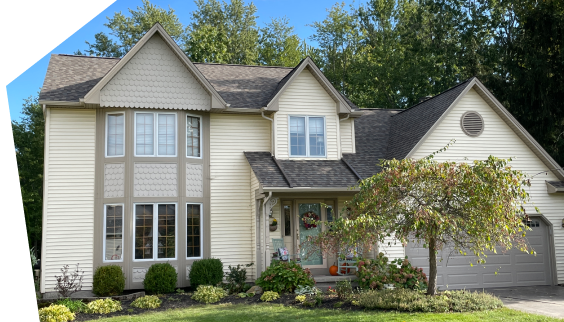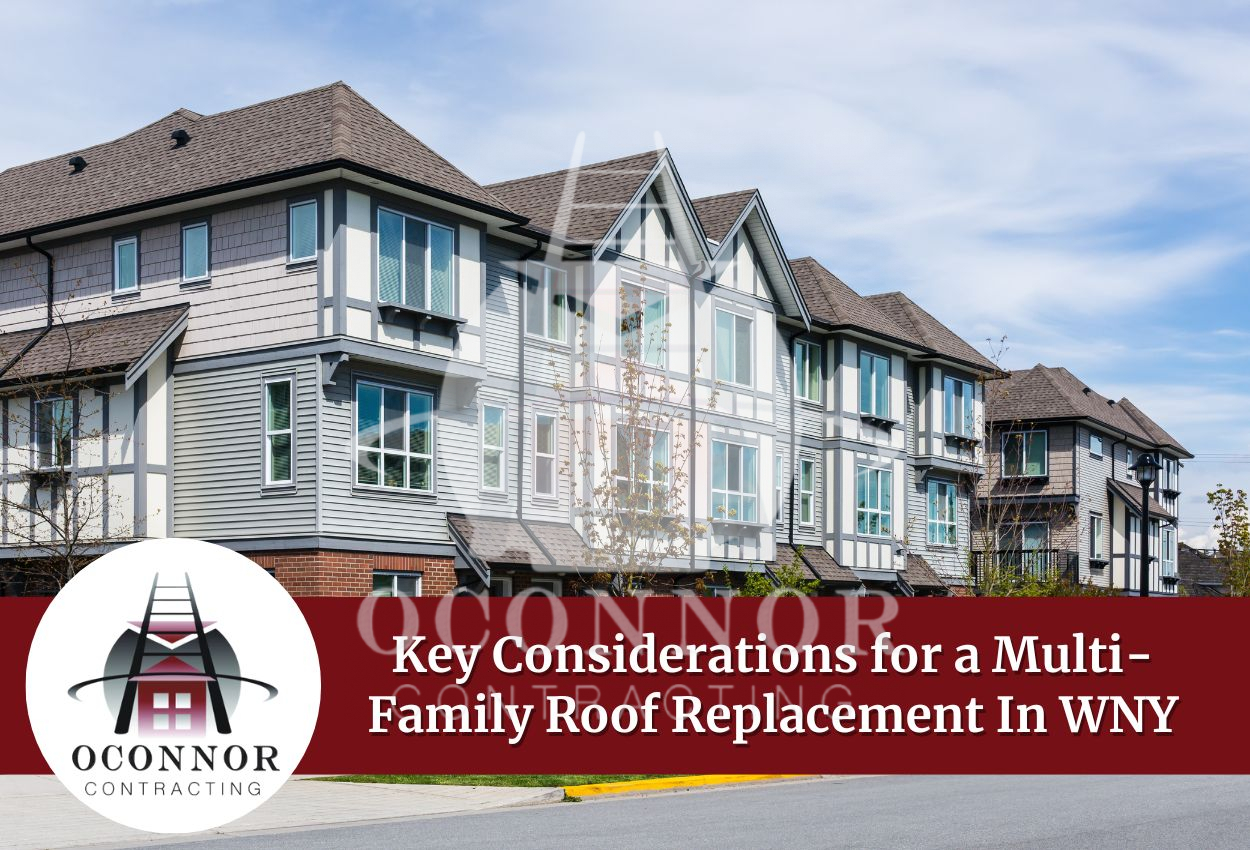More than just a covering, a roof is an important investment in the protection of your home. This is especially true for multi-family buildings in Western New York (WNY), where harsh winters, a lot of snow, and fluctuating temperatures can erode even the most resilient roofs.
Making cost-effective decisions and careful planning are essential when planning a multi-family roof replacement in Western New York. Whether it’s for routine maintenance or the initial inspection, this blog post will help you grasp the key factors to take into account.
What Is The Best Season For A Multi-Family Roof Replacement?
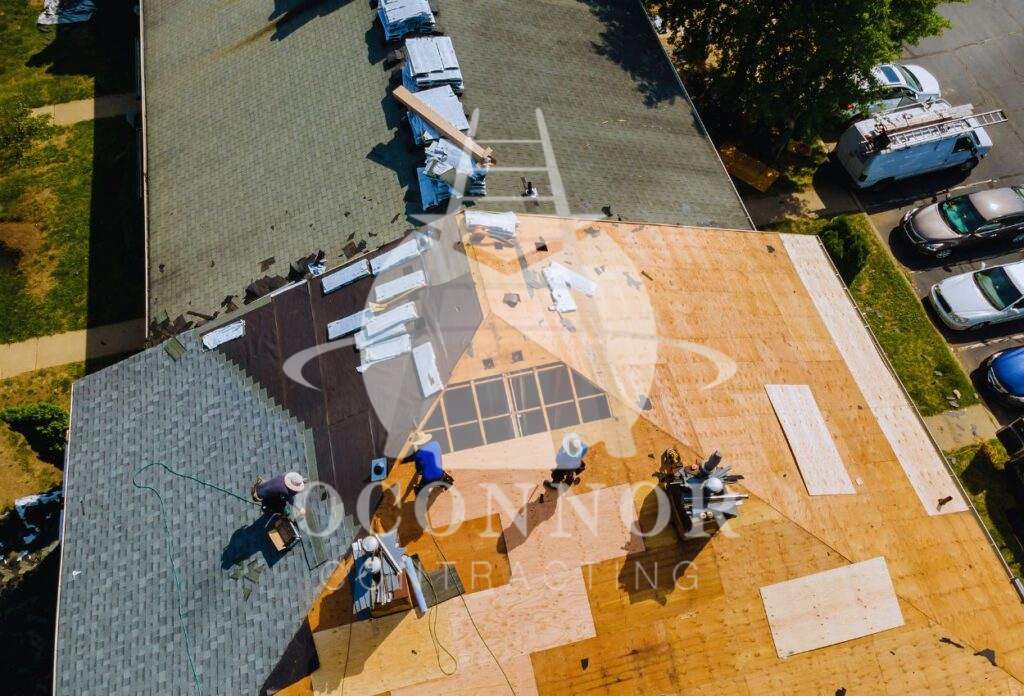
Weather is a major key factor when planning a roof replacement for a multi-family building in New York. You’ll want to tailor your roof replacement around the seasons, and fall can be a great option.
Spring also has mild weather, but rain can cause delays. Summer can be tough with extreme heat softening materials, and winter is not ideal due to cold temperatures and snow affecting the installation. Overall, fall is the best season to avoid weather issues and keep the project on track.
Signs It’s Time For Multi-Family Roof Replacement
Keeping your multi-family roofing system in good condition is vital for the safety and comfort of residents. Here are key signs that indicate it’s time for a roof replacement:
1. Leaks and Water Damage
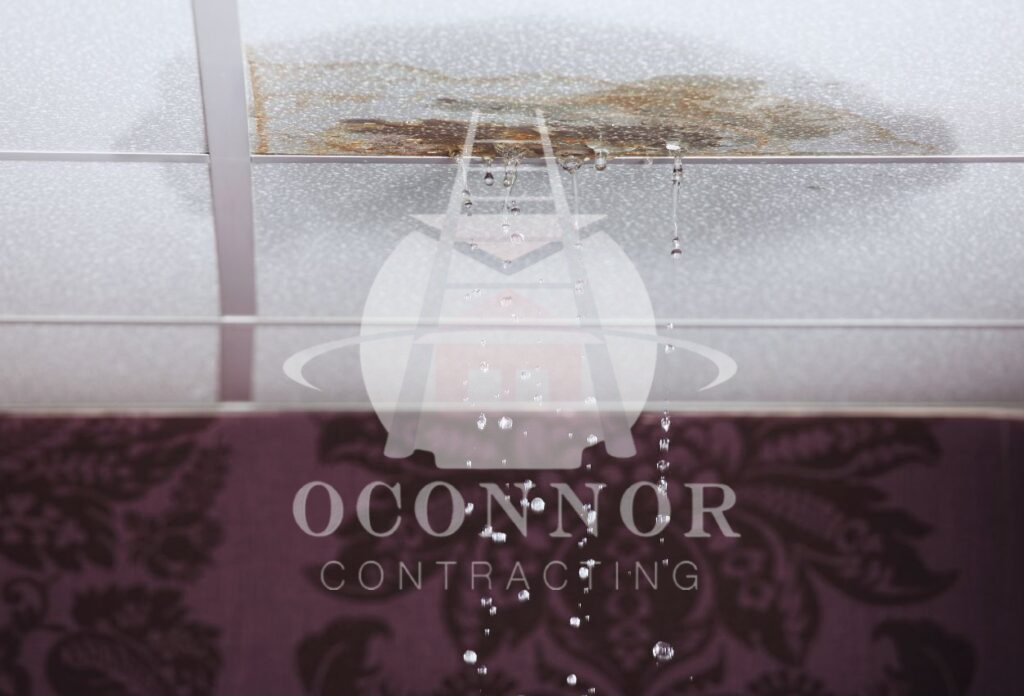
Water stains or frequent leaks point to a failing roof. These can lead to mold and structural damage, making replacement more urgent.
2. Sagging Roof Deck
A sagging roof deck often means water damage or excessive weight, which can be dangerous and require immediate attention.
3. Damaged Shingles
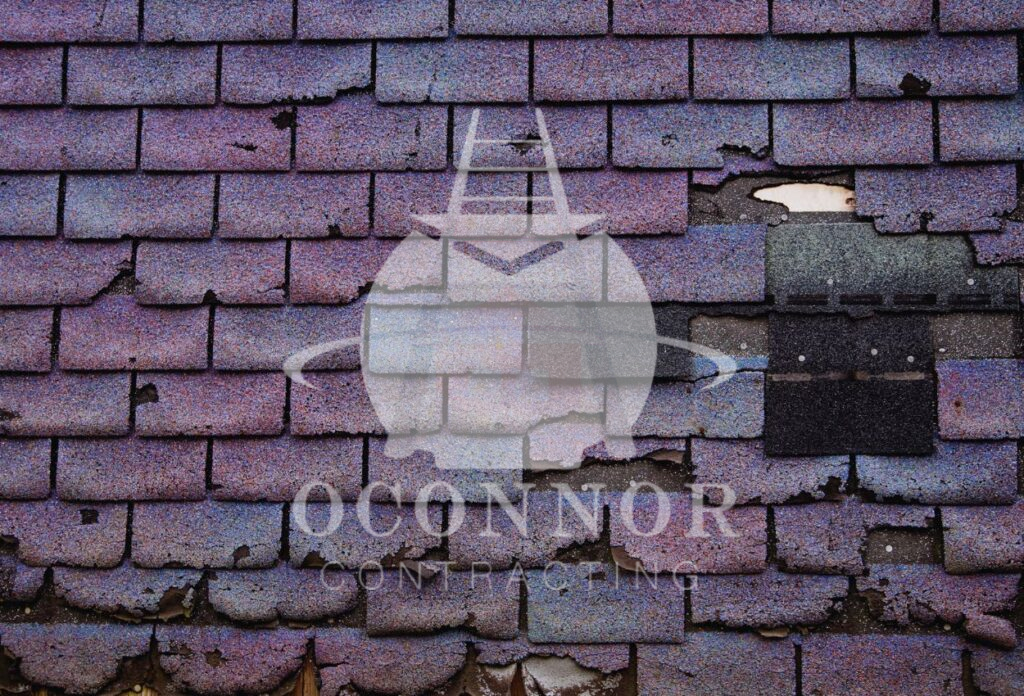
Missing, cracked shingles or curling edges signal damage. This damage can lead to leaks and bigger issues if it’s not fixed soon.
4. Moss or Algae
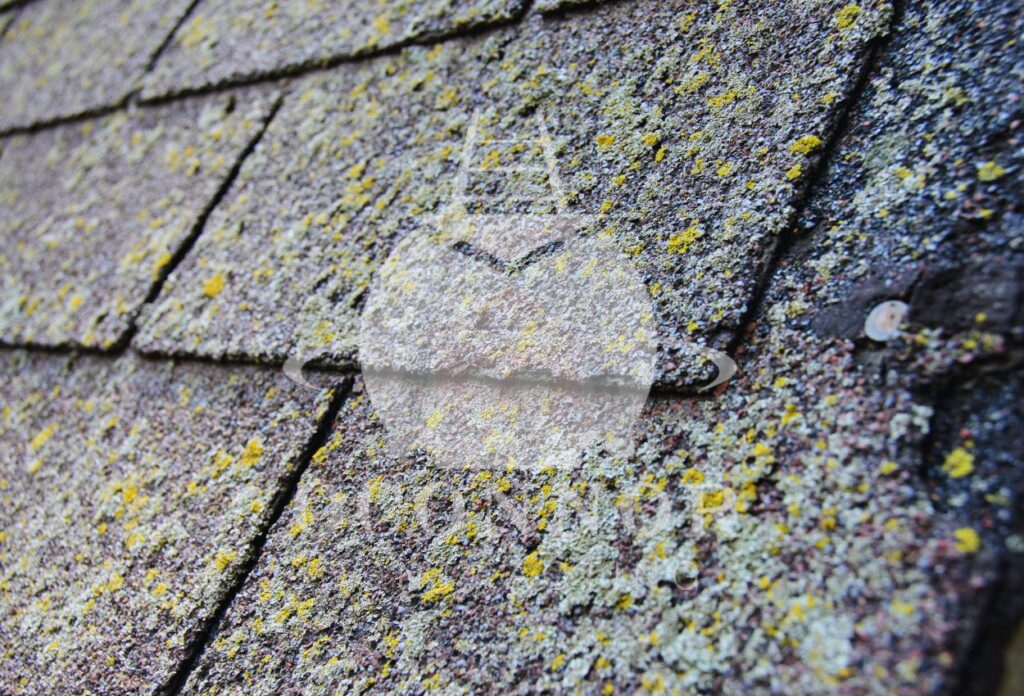
Extensive moss or algae growth can signal moisture issues that weaken roofing material and may require replacement.
5. Damaged Flashing
Cracked or rusted flashing around chimneys or vents can lead to leaks and may signal the need for a new roof.
6. Higher Energy Bills
Rising energy costs might indicate that the roof is no longer insulating the building properly, indicating that it needs upgrading.
7. Frequent Repairs
If considerable repairs are being made, it might be more cost-effective to replace the roof rather than patch it up repeatedly.
Things To Consider Before Starting A Multi-Family Roof Replacement
When replacing a roof on a multi-family building, several important factors ensure the project goes smoothly. Here are the key points:
1. Size and Complexity
Multi-family roofs are larger and more complex than single-family homes. This means careful planning is needed to ensure good drainage and coverage, especially for roofs with multiple slopes.
2. Durability and Longevity
Choose materials like metal or high-quality shingles that can handle harsh weather and last longer, reducing maintenance costs.
4. Energy Efficiency
Energy-efficient roofs can lower utility bills and create a comfortable living space. Consider choosing reflective materials and proper insulation to reduce heat absorption, and improve your savings on energy bills.
5. Compliance with Regulations
Follow local building codes to ensure safety and avoid fines. Stay updated on any changes and consult contractors who understand the regulations.
6. Budgeting
Set a realistic budget that covers materials, labor, permits, and unexpected costs. Setting up a contingency fund will also help manage surprises. Work with experienced contractors for accurate estimates.
7. Selecting an Experienced Contractor
Choose a contractor with experience in multi-family roofing. Check their references and reputation, and ensure the contract clearly outlines the work, payment terms, and warranties to protect your investment.
8. Consider Other Upgrades Beyond The Roof
A roof replacement is a great time to upgrade insulation or ventilation. These improvements boost energy efficiency and reduce long-term costs.
Example Project Timeline For A Multi-Family Roof Replacement in Western New York
Replacing a roof on a multi-family building involves several key steps. Following this timeline helps ensure a smooth roof replacement process with minimal disruptions. Here’s a simplified timeline:
1. Inspection and Planning (1-2 Weeks)
A detailed inspection helps assess the roof’s condition. The contractor will identify any issues, provide a quote, and plan the project. This phase usually takes about 1-2 weeks.
2. Getting Permits (2-4 Weeks)
Before starting, you’ll need permits from local authorities. This process can take 2-4 weeks, depending on local regulations. Ask your contractor if they will be able to handle this part for you.
3. Resident Communication (Ongoing)
Keep residents informed about the project schedule and any disruptions. Clear communication helps reduce complaints and keeps everyone in the loop.
4. Roof Installation (1 Week)
Once permits are approved, the new roof installation begins. This includes removing old materials, making repairs, and installing the new roof.
5. Material Disposal (Less Than 1 Day)
After installation, old roofing materials will be disposed of, ensuring a clean and safe worksite.
6. Final Inspection and Touch-ups (1 Day – 1 Week)
A final inspection ensures the roof meets quality standards. Any minor repairs or touch-ups are handled during this period of time.
7. Post-Project Maintenance (Ongoing)
After the project, continue to communicate with residents about maintenance and inspections. This helps prolong the roof’s lifespan and address any small issues early.
What Types Of Roofing Materials Are Best For Multi-Family Properties?
Here is a list of some multi-family roofing materials that you can choose for your next roof replacement:
1. Asphalt Shingles
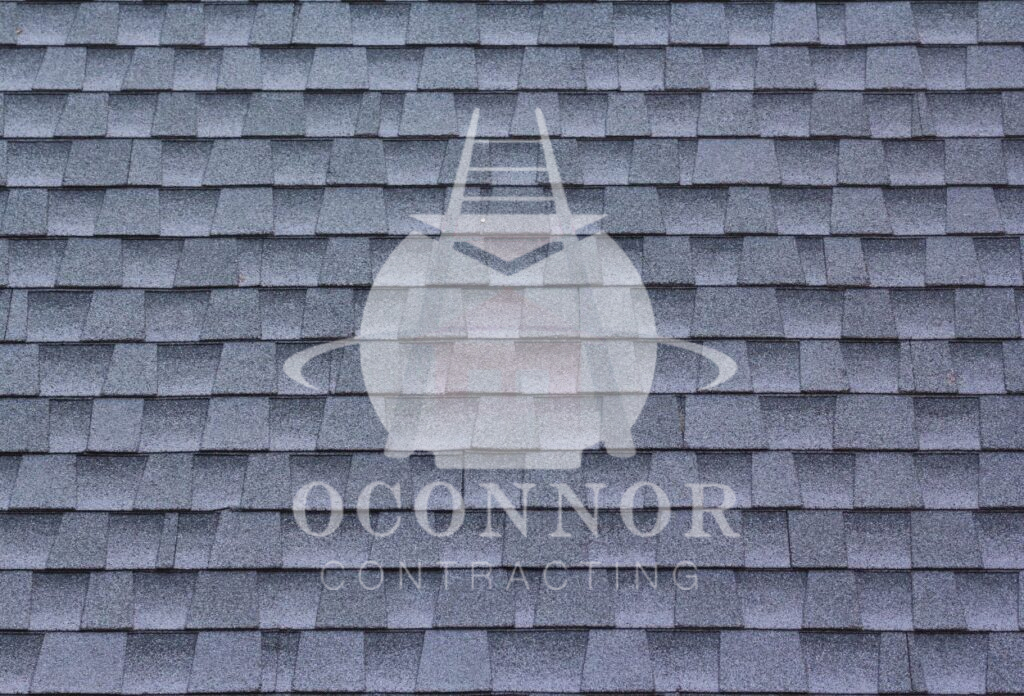
Affordable and versatile, asphalt shingles come in many styles and colors. They’re easy to install and repair, which lowers labor costs. However, they typically only last 15-25 years depending on quality and maintenance.
2. Metal
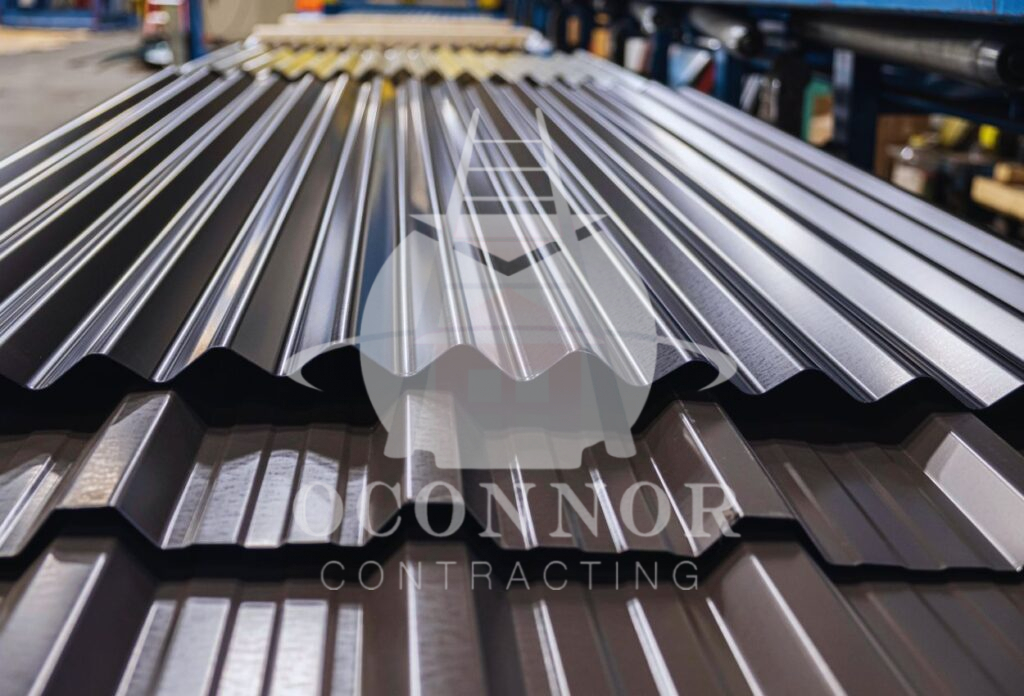
Highly durable metal roofs last 40-70 years with little upkeep. They resist severe weather and reflect heat, improving energy efficiency. Though more expensive upfront, their longevity makes them a solid long-term choice.
3. Modified Bitumen
Ideal for flat or low-slope roofs, modified bitumen offers great waterproofing capabilities. It’s cost-effective but may not be the most energy-efficient. With proper care, it can last up to around 20-30 years.
4. EPDM
This synthetic rubber membrane, EPDM, is durable and weather-resistant. It’s easy to install, insulates well, and reflects heat, offering great energy efficiency. EPDM lasts around 20-30 years, making it a dependable option for long-term use.
5. Clay or Concrete Tiles
These tiles are incredibly durable, lasting 50-100 years. They resist fire and tough weather conditions. While more expensive, their durability and energy efficiency provide excellent long-term value.
How To Minimize Disruptions For Tenants During A Multi-Family Roof Replacement
A multi-family roof replacement can be quite a noisy and disruptive process. Here are some ways you can make this process as less disruptive as possible:
1. Inform Tenants
Let tenants know about the timeline, noise, and any disruptions. Written notices with clear details can manage expectations and avoid confusion.
2. Temporary Relocation
Some work may require tenants to move out for a short period of time. Work with your contractor to plan and discuss local laws. If needed, help tenants find temporary housing.
3. Prepare the Interior
Tenants should remove wall decor and cover furniture to protect against dust and vibrations. Closing off unused rooms can also help reduce disturbances.
4. Select Contact Person
Have a designated person for tenants to contact with questions. This keeps communication open and ensures quick responses to any concerns.
5. Work During Quiet Times
Try to schedule work when it’s less likely to disturb tenants, avoiding early mornings or weekends when possible.
6. Give Updates
Keep tenants informed throughout the project with progress updates or changes. This helps maintain trust and reduces stress.
Trust OConnor Contracting for Your Multi-Family Roof Replacement Needs!
To protect your multi-family property in Western New York, trust OConnor Contracting. We specialize in top-quality commercial roofing services, including thorough inspections, expert installations, and ongoing maintenance. Our experienced team of multi-family roof replacement contractors understands the region’s climate and will help you choose the right roofing system for your needs and budget. Contact us today for an instant quote, and let us secure your multi-family building with a durable roof.
